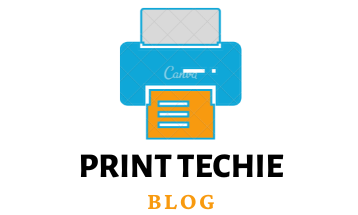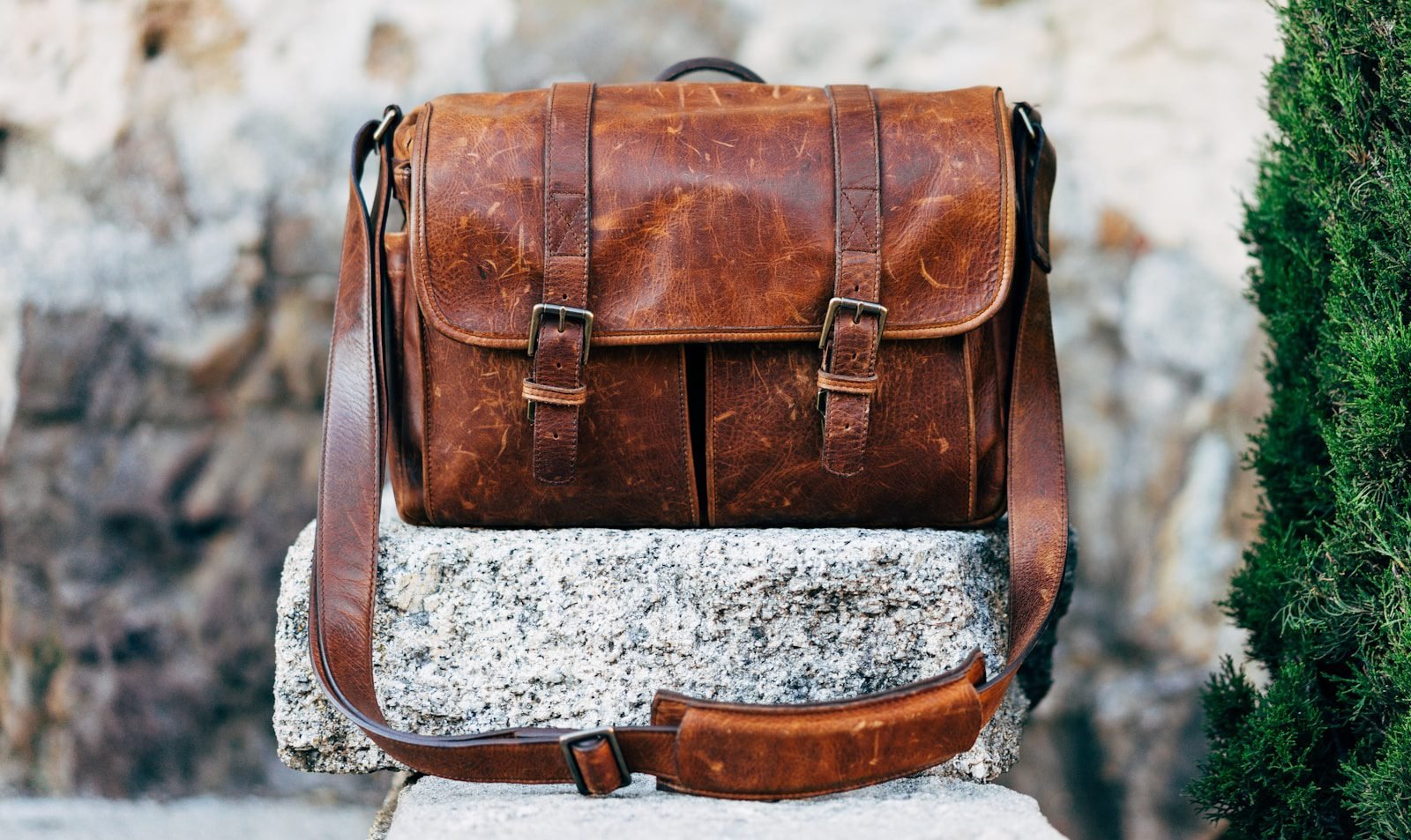Sublimation is transferring an image onto a substrate using heat and pressure. It is widely used in the textile and fashion industries to create vibrant fabric designs. The same procedures apply to leather objects with just a few modifications. With the right material, equipment, and technique, it is possible to use sublimation on leather to create unique and eye-catching designs. This article will explore the process of sublimating onto faux leather and provide step-by-step instructions for achieving the best results. This article will discuss can you sublimate on faux leather. We will also provide tips to help you get the best results when sublimating on faux leather.
Can you sublimate on Faux leather?
Yes, you can sublimate on faux leather! It is much easier to work with than real leather and can be used for various projects, from fashion accessories and furniture to home décor. To get the most out of your faux leather project, pick up the right transfer paper. This will ensure optimum results! To guarantee excellent quality printing on faux leather material, you must alter the settings of your heat press to adequately match the temperature and pressure specifications. Otherwise, you may be left with a subpar outcome. Finally, allow the faux leather item to cool down before handling it, as it may be hot when you take it out of the heat press. With these things in mind, you can easily sublimate on faux leather and create amazing projects!
Can you sublimate on Real leather?
Absolutely! Sublimation can be done on leather material. For ideal results, though, it will necessitate special supplies and techniques. Sublimation on leather will require using a special sublimation transfer paper, a heat press, and higher temperature settings than normal. Moreover, it is imperative to ensure that any oil or grease has been removed from the leather before starting. This will ensure that the image adheres correctly to the material and does not become distorted. Utilizing the right materials and techniques makes it possible to create stunning outcomes when sublimating on the leather!
How to Sublimate on Leather – step by step process:
Here are the steps to sublimate on leather:
Preparing your leather material:
Start by ensuring your leather is perfectly clean and dry before starting the process. Gently wipe off any oils and grease from the surface of the leather with a soft cloth or paper towel. Allow it to sit for a few minutes, and let natural air assist in drying! The result should be beautiful, soft, clean leather that looks irresistible! Once you are prepped the materials, you can finally start creating something wonderful!
Color contrast:
When selecting the design to sublimate on leather, choose one with a good contrast between the background and the image. This will make the colors pop and ensure a vibrant result using sublimation. If your design has a light background, choose darker leather for the best outcome.
Cut the leather:
Time to get creative with leather! Easily cut out your desired design with a pair of scissors. Make sure you take accurate measurements so there are no silly mistakes. Get excited about sublimation on the leather!
Preparing Your Design:
Begin your design process by ensuring it is in the right size and resolution for optimal outcomes. This will ensure that the image is clear and vibrant when printed onto the leather substrate. Adjust the color and contrast of the image to get the best possible result.
Applying Heat and Pressure:
The next step is applying heat and pressure for the design to transfer onto the leather item correctly. Depending on the machine and materials you are using, temperature and pressure may differ – always refer to your user manual for more exact instructions. Generally speaking, most machines require temperatures between 400°F (204°C) and 500°F (260°C). When your heat press is heated up according to the specified temperature level, lay down your printed transfer paper with its face up onto the item it should be transferred onto (be sure that the side of the paper with ink is facing upwards).
Finishing Touches:
Your product should be almost complete now that the printing is done! For an extra special touch, why not consider adding lacing or rivets? This isn’t necessary, but it can elevate your design to something extraordinary. However, don’t forget that if you choose this route, make sure all materials used are safe for use with sublimation products – otherwise, they may damage or discolor over time.
What is Faux leather?
Faux leather is a type of synthetic material that is designed to look like real leather. It is made from polyurethane and other plastics and is usually cheaper than genuine leather. It is often used in clothing, handbags, and furniture as it looks similar to real leather but is more affordable and easier to maintain. Faux leather is also popular for sublimation, as it is much easier to work with than real leather and is available in various colors and finishes.
Different between real leather and faux leather?
The main difference between real leather and faux leather is that real leather is made from animal hide, while faux leather is a man-made material. Real leather is known for its durability and strength, while faux leather is typically made from polyurethane or vinyl, making it much lighter and more affordable than real leather. Also, faux leather is not as breathable and often looks less natural than real leather. Faux leather is also easier to work with, making it a great choice for sublimation projects. It is available in many different colors and finishes, allowing you to create unique designs. Real leather, however, can be harder to work with as it is thicker and more difficult to print onto. Faux leather is more water-resistant, making it a great choice for furniture and handbags. Ultimately, both materials have their benefits and drawbacks, so it is up to you to decide which is right for your project.
FAQs:
Can You Sublimate on Leather Wallet?
Absolutely! You can sublimate on leather wallets for a stylish and personalized look. The process for sublimating on a leather wallet is similar to that of any other item. With determination and dedication, you can craft magnificent leather wallets.
What equipment do you need to sublimate on leather?
To sublimate on leather, you will need a few pieces of equipment. First, you’ll need an inkjet printer to transfer your designs onto the transfer paper. Second, you will need a heat press to apply your designs onto the leather item. Lastly, you’ll need protective sheets to cover your project before pressing heat. Once you have these items, you’ll be ready to start sublimating on the leather!
How do you sublimate on leather?
To sublimate on leather, you will need to use the right transfer paper, adjust the settings of your heat press to match the temperature and pressure guidelines, and ensure the item is properly prepped. Once ready, place your printed transfer paper face on the leather item, cover it with a protective sheet, and heat press it at the desired temperature and pressure.
What is the best transfer paper for faux leather?
The best transfer paper for faux leather is likely the ChromaBlast Inkjet Printable Transfer Paper from Stahls. This transfer paper is specifically designed for sublimating onto synthetic materials, and its unique formula helps to produce vibrant colors that won’t bleed or smudge. It is fast and easy to use, making it perfect for any faux leather project!
What are some tips and tricks for sublimating on leather?
Some tips and tricks for sublimating on leather are always using the right transfer paper, adjusting your heat press settings accordingly, ensuring the item is properly prepped before heat pressing, and allowing the item to cool down before handling. Additionally, it’s important to remember that faux leather is more water-resistant than real leather, so be sure to use a protective sheet before heat pressing. Ultimately, it is essential to bear in mind that faux leather tends to be more delicate than real leather. Therefore, you must adjust the temperature and pressure settings depending on the type of material used.
Conclusion:
Sublimation is a great way to add a personalized touch to any project. Whether working with real or faux leather, you can achieve beautiful results with the right transfer paper, heat press settings, and protective sheets. It is important to remember that faux leather is more delicate than real leather, so you must adjust the temperature and pressure accordingly. With a bit of practice, you’ll be able to sublimate on leather and create amazing projects.

